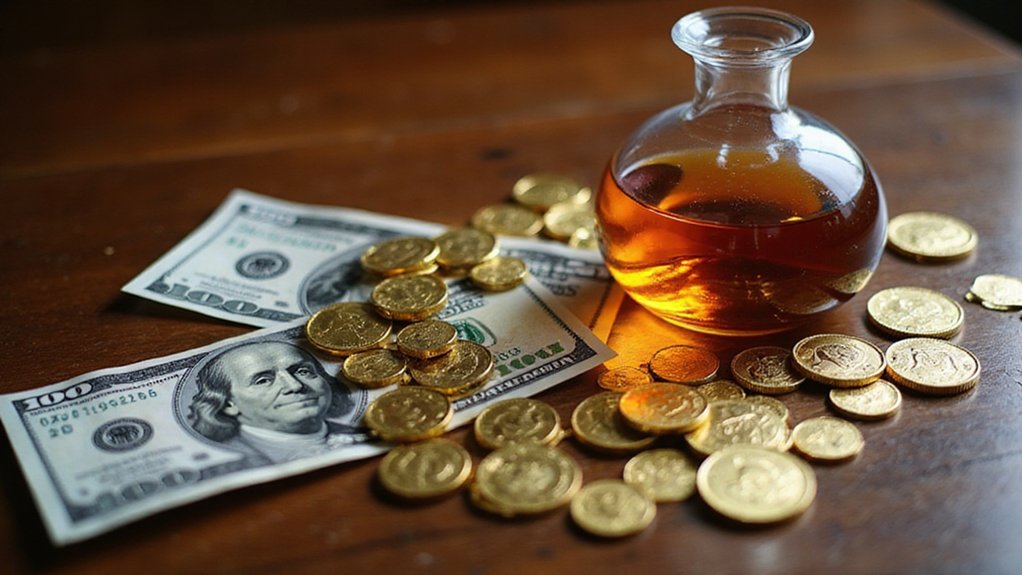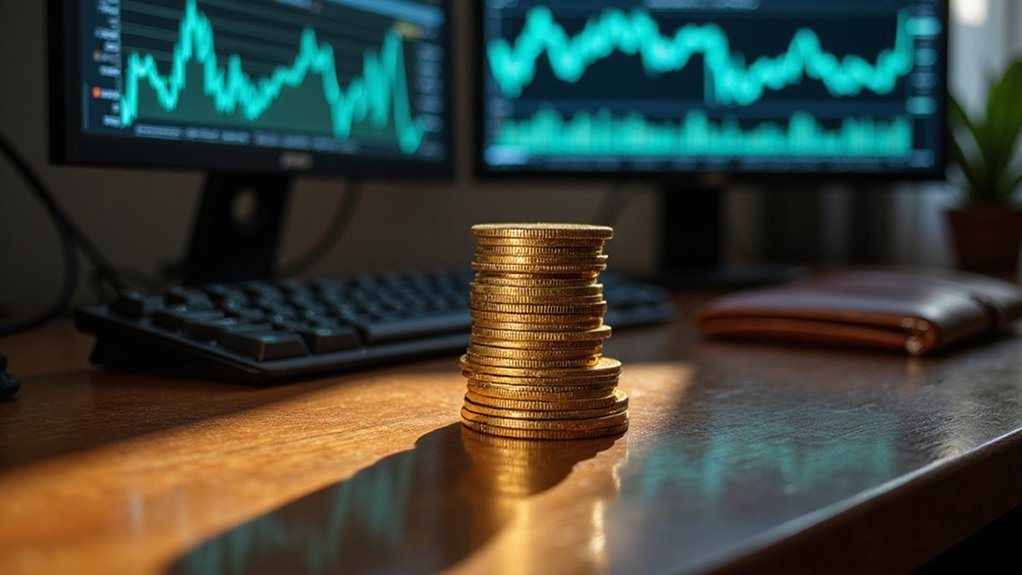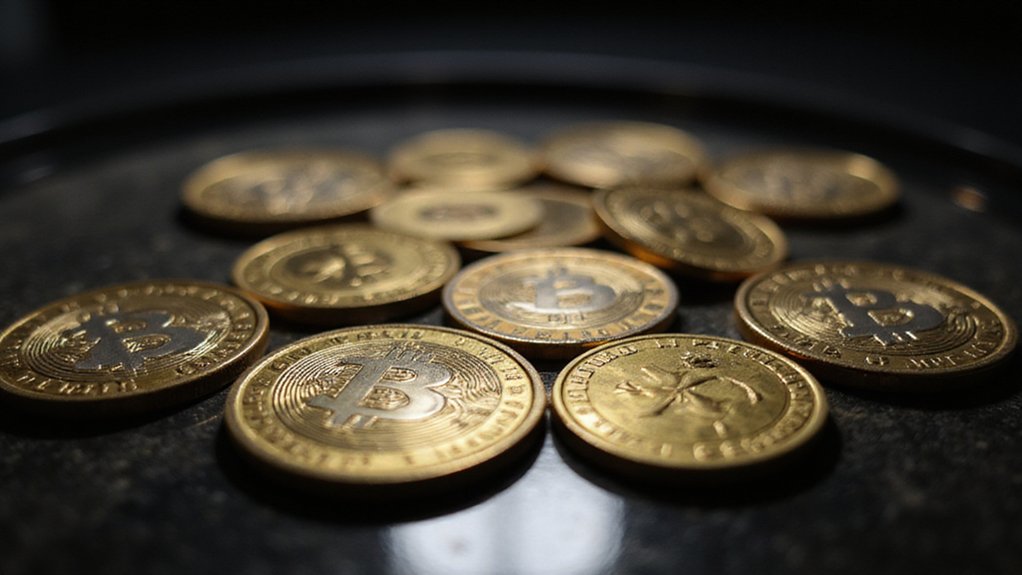In what might be considered the most brazenly ambitious fusion of political legacy and digital finance to date, the Trump family has orchestrated a multifaceted cryptocurrency venture through World Liberty Financial (WLF)—a company that positions Donald Trump as “co-founder emeritus” while his sons spearhead plans for a $1.5 billion publicly traded treasury company designed to mirror MicroStrategy’s Bitcoin-hoarding playbook.
The enterprise, launched in late 2023, encompasses both a crypto-lending application and USD1, a dollar-backed stablecoin promising the usual triumvirate of blockchain benefits: fast settlement, multi-chain compatibility, and monthly audited transparency. The stablecoin maintains 1:1 redemption with U.S. dollars while supporting cross-border payments and DeFi applications across major platforms including Binance, ByBit, and Uniswap.
WLF’s public company ambitions follow the MicroStrategy template with surgical precision—raise substantial capital, acquire digital assets for treasury reserves, then list on Nasdaq via shell company acquisition. The timing appears opportune, considering $79 billion in Bitcoin treasury purchases materialized across similar ventures in 2025 alone, suggesting institutional appetite remains robust despite market volatility. Understanding market cycles proves crucial for treasury companies navigating the cryptocurrency landscape’s inherent boom-bust patterns.
The family’s indirect economic interest flows through majority equity ownership in a WLF affiliate, while the governance token WLFI—originally non-transferable—now awaits open market trading. This structural complexity would make even seasoned corporate attorneys reach for additional caffeine. Recent regulatory changes signed by Trump specifically target dollar-pegged stablecoins, potentially impacting WLF’s USD1 adoption strategy.
Justin Sun, the crypto billionaire whose investment appetite apparently knows no bounds, escalated his WLF stake from $30 million to $75 million, becoming the venture’s largest investor. His participation lends credibility to what might otherwise appear as political theater masquerading as financial innovation.
When billionaire validation transforms political spectacle into legitimate financial venture through sheer capital commitment.
The broader Trump family crypto adoption extends beyond WLF—Trump Media purchased $2 billion in Bitcoin for its treasury earlier this year, reinforcing the family’s commitment to digital asset integration. MicroStrategy’s pioneering approach, which launched this treasury company model in 2020, accumulated over $72 billion in Bitcoin and achieved nearly $113 billion in market capitalization, establishing the blueprint that WLF now seeks to replicate. Whether this represents genuine technological conviction or opportunistic market positioning remains open to interpretation.
WLF’s trajectory reflects institutional crypto acceptance while testing boundaries between political influence and financial innovation. The venture’s success will likely depend on execution rather than brand recognition, though the Trump name certainly doesn’t hurt when courting investors in an increasingly crowded treasury company landscape.







